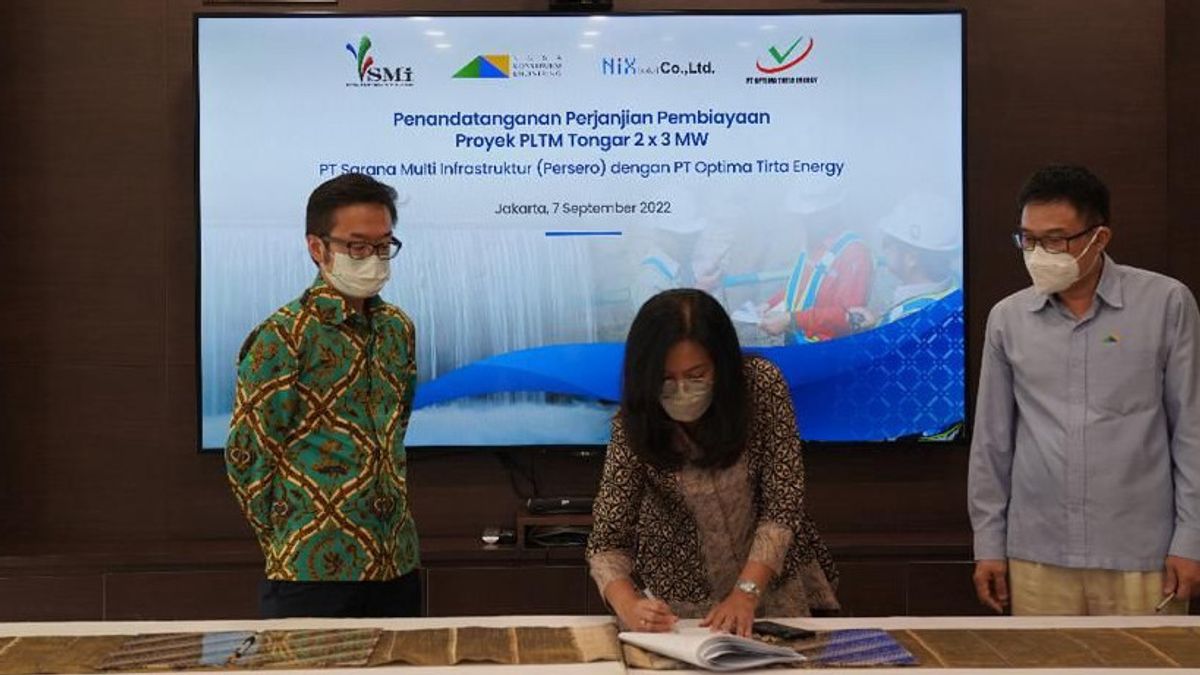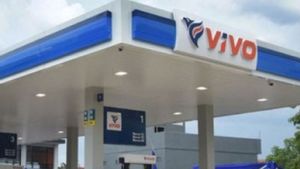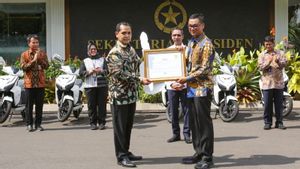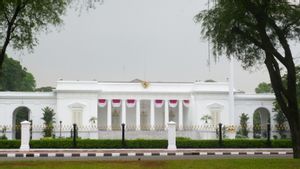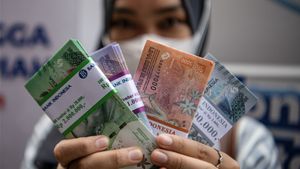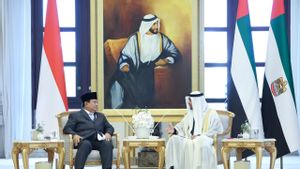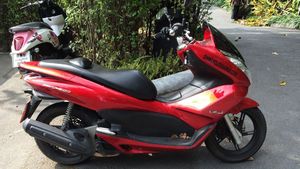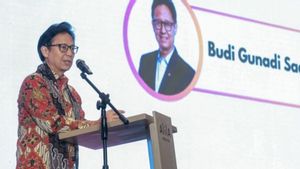JAKARTA - The construction of the Tongar Mini-hydro Power Plant (PLTM) with a capacity of 2x3 MW located in West Pasaman Regency, West Sumatra Province received an injection of funds from PT Sarana Multi Infrastruktur (SMI).
The Head of the Bureau of Communication, Public Information Services and Cooperation of the Ministry of Energy and Mineral Resources, Agung Pribadi, said the government appreciated SMI's efforts in funding green energy projects. "It will be difficult if NRE projects are only worked on by the government relying on the State Budget (APBN) allocation. Therefore, SMI's step is a milestone for the NRE project funding model in Indonesia", Agung said in his official statement, Thursday, September 8.
Agung added that SMI's support would encourage other private parties to provide similar funding for EBT projects in the future. Moreover, funding is one of the main challenges in developing a green economy. "This is very good because the green economy needs big funding", he said.
The Tongar PLTM project, continued Agung, is expected to be one form of implementation of the new and renewable energy mix (EBT) target of 23 percent in 2025 while supporting the government's commitment to achieving the Nationally Determined Contribution (NDC) target by 2030 and Net Zero Emission 2060.
The Tongar PLTM project itself signed an Electricity Sale and Purchase Agreement in 2017 and is targeted to operate commercially in early 2023. The construction of the project is estimated to cost an investment of IDR 200 billion.
VOIR éGALEMENT:
The Tongar PLTM is owned and developed by PT Optima Tirta Energy (OTE) which is a joint venture of NiX Co. Ltd (NiX), a company engaged in engineering and infrastructure as well as an Independent Power Producer based in Toyama, Japan, and PT Nusa Konstruksi Enjiniring Tbk (NKE), a private national public construction company with the issuer code DGIK.
For both PT NKE and NiX, the Tongar PLTM is the first project they have in their capacity as investors, considering that PT NKE is basically a civil contractor company.
Meanwhile, President Director of PT OTE as Head of Subsidiaries of PT NKE Djohan Halim assessed that the strategy to expand the electricity business from PT NKE was the Company's effort to strengthen its business portfolio in the form of long-term recurring income.
For NiX, the Tongar PLTM is the first project they have outside Japan, especially in Indonesia. The company has operated several small-scale mini-hydropower plants in the Hokuriku region, Japan, including Toyama and Ishikawa Prefectures.
The design and construction management of the Tongar PLTM itself uses the latest technology such as 3D and 4D models. Through the Tongar PLTM, NiX intends to implement the best practice of developing renewable energy in Indonesia.
For information, in 2017, NiX received investment support from the Development Bank of Japan and funding from several Japanese commercial banks to expand its business to developing countries, including Indonesia.
Among the business expansion portfolios that have also been carried out is the establishment of Alam NiX Renewables, a PV mini-grid investment company for commercial and industrial (C&I) consumers based in Singapore, which has also entered the Indonesian market.
NiX Director of Foreign Business Development Wataru Yoshio who is also the Director of PT OTE hopes that the Tongar PLTM project can be a good and successful entry point in NiX's efforts to more aggressively expand its business to countries outside Japan, including Indonesia.
Yoshio also hopes that this project, which also receives bilateral support from the Governments of Indonesia and Japan as a Joint Crediting Mechanism (JCM) project, can provide added social and environmental value for the two countries in general and in particular for the surrounding community.
On the other hand, the Director of Financing and Investment of SMI, Sylvi Juniarty Gani, on this occasion stated that the role of SMI in carrying out its mandate as a catalyst for national development financing in the PLTM Tongar project is expected to contribute to increasing the renewable energy mix in Indonesia, especially West Sumatra, as well as equitable distribution of infrastructure development outside Java as a form of national economic recovery.
The English, Chinese, Japanese, Arabic, and French versions are automatically generated by the AI. So there may still be inaccuracies in translating, please always see Indonesian as our main language. (system supported by DigitalSiber.id)
